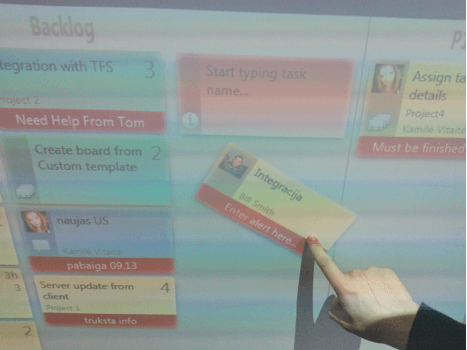In the previous blog posts we discussed the team members, roles, work routines, planning, estimation, scope, and other aspects of Scrum, Kanban, and Scrumban.
There are a few other differences between the methodologies, which do not necessarily fall into one of the categories above. In this blog post we review the boards used in each case, prioritization, rules – and, most importantly – who should use which methodology.
Boards
The Scrum task board is defined and reset each sprint. As the backlog items move from backlog to completion during a sprint, and are planned separately for each sprint, the board is reset after the sprint is over.
Kanban and Scrumban boards remain persistent and are not reset, as there are no pre-set periods for backlog item completion.
Prioritization
Prioritization in Scrum is done through backlog. Therefore, the Scrum backlog is ordered and the most important items therefore end up being done first.
In Kanban, prioritization is optional. In Scrumban, prioritization is recommended during each planning.
Rules
Scrum is generally a constrained process, where the tasks are assigned to team members and bounded by deadlines. Therefore, Scrum is the most restrictive process of the three.
Kanban, on the other hand, has only a few constraints is a fairly flexible process.
Scrumban has a slightly constrained process and falls in between the two.
Who should use it?
While all three methodologies can be used in a variety of settings, there are a few aspects to take into account when considering whether to adopt different methodologies.
Scrum works well for large projects, and especially for projects with long-term maturity of more than a year. Therefore, Scrum is often chosen by enterprise teams seeking to make their process more effective.
Kanban has the unique ability to handle constant flow of incoming tasks, therefore it is often chosen by support and maintenance teams, or continuous product manufacturing – among other applications.
Finally, Scrumban is often used by fast-paced projects, as it combines the flexibility of Kanban with the basic features of Scrum. Therefore, it is often used in startups or, similarly to Kanban, where continuous product manufacturing is required.
It is however important to choose the process that works for you and customize it to fit your own requirements. Scrum, Kanban, and Scrumban are just tools to make you and your team more productive – and therefore use them the way it works for you and your team, not necessarily following every rule to the T. Good luck!





